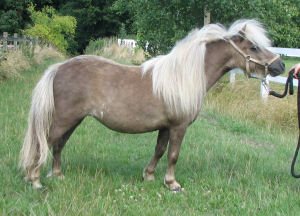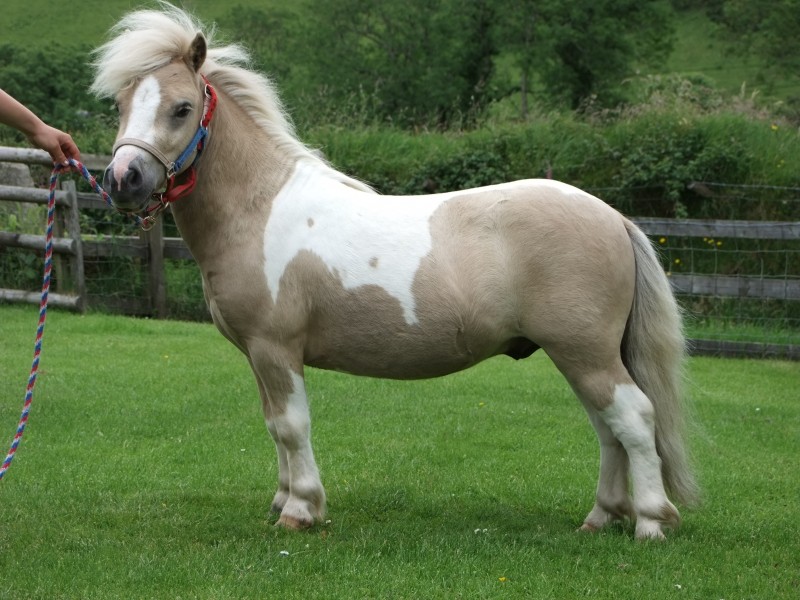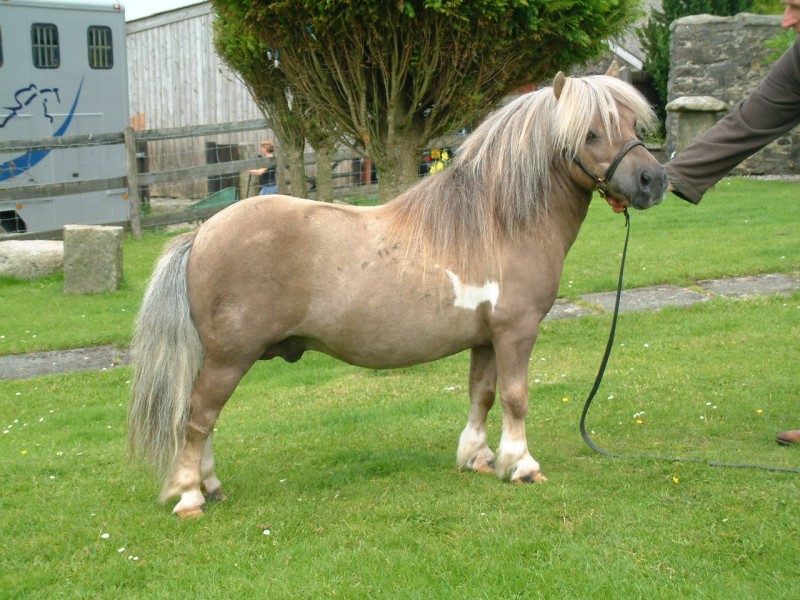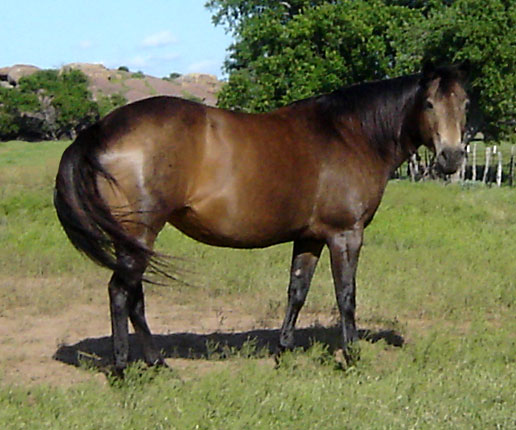Adding Colors and Markings to Breeds
| |
|
|
#37624 Posted on 2016-05-11 05:19:40
0 members like this post.
|
Posted By rhine. #17262 Member is Offline 598 forum posts Send A Message |
|
#37631 Posted on 2016-05-11 05:50:04
Breed: Shetland Pony
1 members like this post.
|
Posted By megansparrow #45453 Member is Offline 426 forum posts Send A Message |
|
#37805 Posted on 2016-05-12 00:15:15
Just something I wanted to point out for those who are suggesting colours like brown, roan, and essentially anything that can be phenotypically ambiguous: it's not uncommon for horses to have their colour name registered as something which does not match their genotype, so if you're trying to provide proof of a particular gene in a breed it's not enough to show pictures of horses which look like they carry a trait, or have their colour/pattern registered under a particular name, if there could be other explanations. For example, dark bays and sooty bays are often labelled brown, some sabinos or varnish roans can be labelled roan, some minimal sabinos and W20s get called splash, some cream dilutes are called dun, a huge range of ambiguous white markings get called sabino, etc. And sometimes non-standard names can be used for common colours/patterns, like piebald or skewbald for tobiano, blagdon for sabino, etc.
4 members like this post.
|
Posted By UlyssesBlue (spare) #75110 Member is Offline 559 forum posts Send A Message |
|
#38002 Posted on 2016-05-13 06:10:38
Breed: Andalusian
0 members like this post.
|
Posted By Amarathine #79720 Member is Offline 317 forum posts Send A Message |
|
#38010 Posted on 2016-05-13 07:13:00
@Amarathine, I can't say for certain, but I think those two sabino examples may be too ambiguous to constitute proof. Although they are both labelled as sabino, neither has been genetically tested for it, and their markings would also be very typical of W20, so you can't say for certain they are sabino. The first one definitely looks like a sooty though.
0 members like this post.
|
Posted By UlyssesBlue (spare) #75110 Member is Offline 559 forum posts Send A Message |
|
#38023 Posted on 2016-05-13 08:49:11
Breed: Gypsy Vanner
0 members like this post.
|
Posted By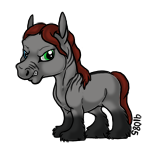 -❆--Buck #53822 Member is Offline 1729 forum posts Send A Message |
|
#38029 Posted on 2016-05-13 09:05:04
@Ulysses blue oops, sorry I can't read properly, I would love to have mushroom though >.
0 members like this post.
|
Posted By megansparrow #45453 Member is Offline 426 forum posts Send A Message |
|
#38031 Posted on 2016-05-13 09:25:46
In response to a few things...
Windspun The second horse is just brown with normal brown mealing. The third is simply sabino with sabino roaning, not roan. The fifth is likely just a brown shedding out. Brown is an extremely variable color, even within an individual horse. Take, for example, my brown Thoroughbred. He can look like this in his summer coat:  or this...  or any of these...    And then you have him in his winter fluff...    Each picture was taken on a different day, at roughly the same time of day, in the same type of weather (overcast). Other than adding text, there was no sort of photo editing used. Megan Mushroom is a lovely color, but nobody knows exactly what, how, or why it is so it likely can't be added to the game until then. Sure, we have genes in the game that haven't legitimately been isolated (flaxen, sooty, pangare, roan) but some research has at least been attempted and steps have been made towards identifying them. Amaranthine The mare could have countershading from sooty or other factors like nd1 (a recessive allele on the dun locus; Andalusians don't carry the dominant dun allele). As for the "sabino" on both of these horses, the term "sabino" continues to be incorrectly used to define normal white markings on horses. The stallion is not minimal sabino... he just has white socks. It's erroneous use of a term at its best. The mare... anomalies happen. Probably not sabino. People will say anything to make their animals seem like they're worth more. Their argument for sabino in Andalusians is that it has been hidden under grey, but that is so flawed I'm almost laughing. White markings are present at birth and are not covered up as a horse greys out. On the contrary, white markings are still visible as a horse greys because only the pigmented/colored hair fades in color. So a pinto marking couldn't possibly "hide" under grey because at some point even years into the horse's life, the patterning would have been obvious.
0 members like this post.
|
Posted By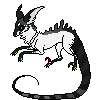 vos #32898 Member is Offline 728 forum posts Send A Message |
|
#38172 Posted on 2016-05-13 23:46:31
Just some brief info on W20, since it's easy to confuse with sabino and splashed white. I hope this helps with identifying suitable horses when trying to prove certain genes are present in certain breeds.
0 members like this post.
|
Posted By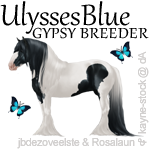 UlyssesBlue #60734 Member is Offline 922 forum posts Send A Message |
|
#38242 Posted on 2016-05-14 08:32:34
W20 is essentially the "normal white marking" gene for socks and blazes. Technically we already have it here in the form of leg and face markings, there just isn't any heritability (lol that's not even a word apparently, but you get the idea) in the game...
0 members like this post.
|
Posted By vos #32898 Member is Offline 728 forum posts Send A Message |
|
#40134 Posted on 2016-05-22 22:28:42
megansparrow
0 members like this post.
|
Posted By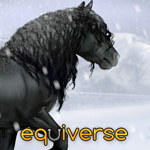 Western Outback Stables #100340 Member is Offline 433 forum posts Send A Message |
|
#40817 Posted on 2016-05-25 05:54:51
Breed: all breeds with the relevant dilutes
3 members like this post.
|
Posted By UlyssesBlue (spare) #75110 Member is Offline 559 forum posts Send A Message |
|
#41400 Posted on 2016-05-27 06:45:16
Breed: all breeds with sooty
4 members like this post.
|
Posted By UlyssesBlue (spare) #75110 Member is Offline 559 forum posts Send A Message |
|
#41411 Posted on 2016-05-27 07:12:15
^Only problem with that is sooty doesn't only do those two things. It is probably polygenic with many variables determining the outcome, but it doesn't only cause total darkening or countershading (which was always my main beef with sooty in the game).
It can darken an entire coat and is possibly the reason behind things like liver chestnuts and chocolate palominos. (chestnut horse pictured)  It can cause dark dappling to various extents and shades as well as simply darkening the forehand. (buckskin and bay horses respectively)   Dark legs caused by being sooty (sometimes along with dappling). (palomino horse pictured)  Portion or full mane and/or tail darkening and random dark freckles or spots. (both palomino horses pictured)   There are so many variables with everything...
0 members like this post.
|
Posted By vos #32898 Member is Offline 728 forum posts Send A Message |
|
#41442 Posted on 2016-05-27 09:29:42
You're right in that something polygenic would explain the variety best. I think it may even act differently on bay vs chestnuts bases. At least that may explain why I can't find any chestnuts with the topline-type of sooty, but uniformly darkened chestnuts or palominos are easy to find.
0 members like this post.
|
Posted By UlyssesBlue (spare) #75110 Member is Offline 559 forum posts Send A Message |



